Go Behind the Scenes at America’s Most Lucrative Elvis Presley Tribute Contest
Get all shook up with the winners of this year’s Tribute to the King
Never call them impersonators: They are “Elvis Tribute Artists.” And in January every year, they converge on the stage at the Northern Lights Theater at Potawatomi Hotel and Casino in Milwaukee to compete to be the best (and win $25,001) in the Tribute to the King competition.
Sure, there are other King-related showdowns—Graceland, Las Vegas, Tupelo, and more—but this is the big daddy, the one with the largest cash prize in North America. This year’s winner, Travis Powell from Shelby, North Carolina, also took home an extra $1,000 for the Peoples’ Choice award, bringing his total to $26,001.
That extra dollar has a backstory: When the competition began, Memphis was giving away the largest prize. So the Tribute to the King upped the winnings by a buck to draw contestants. Since then, all of the other competitions have reduced their prizes by several thousand dollars, but this one has been able to stay the same—including that extra dollar.
“I feel kind of in shock,” Powell told Smithsonian.com after getting the trophy. “It’s been a wild ride. You never know who’s going to win in these contests because everybody goes on stage and they give it their all. As much as it’s a competition, we do it for Elvis first. We want the memory to live on.” He was one of thirteen wigged and costumed contenders from Wisconsin, Indiana, Illinois, New Jersey, California, North Carolina and Canada.
All ETAs, as they call themselves, must submit a two-minute performance video application to qualify for the competition. Once they arrive at the casino for Elvis Week, they’re put through what one contestant called a “grueling but amazing” process: Two preliminary shows in the afternoon produce four semifinalists, who then compete at a headline showcase that night to pick the one person moving forward to the final show. The process repeats for three days total. Then, a wild card round on the fourth day crowns the fourth Elvis to compete in the final competition that evening. In the final show, studded with performances from past winners, each tribute artist performs two songs. Champion Elvis is crowned at the end of the night.
Although it’s a competition, the tribute artists are like a family. Many are returning contestants, and the new ones become fast friends. All help each other out to ensure everyone has the best show possible. There’s no cutthroat ruthlessness here.
“We love each other,” said Doug Church, a tribute artist from Mishawaka, Indiana, as he put his arm around a fellow contestant’s shoulders. “It’s not a competition between us, it’s a competition between us and the judges. This is my brother.”
That sentiment is especially clear in the case of 26-year-old Jeremiah Fox, a tribute artist and three-time competitor from Lake Geneva, Wisconsin, who is also legally blind. When other artists learned that he is visually impaired, they took him under their wings and taught him what it means to move like Elvis. But Fox says he still has a lot of work to do.
“Elvis was an entertainer and he performed for the people,” Fox tells Smithsonian.com. “There’s that visual disconnect between me and the audience. It’s really hard to reach down in the front row because I don’t know if I’m shaking a guy’s hand or a woman’s hand. Two years ago, I tried to kiss a man. And he’s like, ‘Whoa whoa whoa, I’m a dude!’ So I dedicated the next song to him.”
The competition may be fierce, but the dueling Elvii don’t take themselves too seriously. You can’t help falling in love with their signature moves and cheerful attitudes. There’s a lot of self-aware humor peppered throughout the shows and, regardless who wins, the audience and contestants have a great time. But though contestants may be there for that big prize, they’re also there for their King.
“Some guys believe that the adoration you get is for you,” 2014 winner Jeff Lewis tells Smithsonian.com. “It’s not; it’s for Elvis. We are simply a conduit. We are a hologram. It’s hard for somebody outside looking in; there’s a perception of all these clowns. But the reality is there’s such an immense amount of respect for Elvis.”
Headlining tribute artist Bill Cherry agrees. “You have to be in touch with who you are and remember that it’s a tribute to someone else, you are not that person,” he tells Smithsonian.com. “There are guys that in their daily lives, they try to live it. Those are the guys that should be wearing a different kind of white suit, the kind they wrap you in. It’s really about keeping his music and memory alive.”
So with all that collegiality and good nature, is there any way to tick off an Elvis impersonator? Sure: Make fun of them.
That goes for both the tribute artists and the fans. “It really makes me mad when people make fun of it,” said headlining tribute artist Cody Ray Slaughter. “Elvis never went, ‘Oh thank you man, thank you very much.’ How do they come up with this? ‘Where’s the lip, man? Put the lip up, man!’ What are you talking about? Don’t pay attention to the guy in Vegas with a fat suit on making a joke out of it.”
None of that mocking surfaces at the Milwaukee competition, though. The fans here, like the performers, operate under a policy of “Don’t be cruel”—forming a community Cherry jokingly says almost resembles a religious cult. Some fans have been coming for the entire 13 years Potawatomi has been running the show and meet friends they only see once a year here in this audience. Others travel around to different performance venues, following tribute artists throughout the year as they do shows elsewhere and meeting each other frequently along the way. Each Elvis develops his own fierce following inside the crowd. Cheri Michalek, a fan from Milwaukee, comes to the show every year with her mother. They take notes and share critiques with the competitors afterwards.
“I try to give them constructive criticism,” Michalek tells Smithsonian.com. “I’ve been coming so long and I know what turns the crowd on. A little bit of fringe, a little bit of movement, will hide any flaws or anything like that. There’s really no reason someone without the facial features of Elvis couldn’t get by as Elvis.”
But overall, everyone’s biggest motivation for coming—both the crowd and the competitors—is to share the lasting love of Elvis in a way that’s as close to the real thing as possible.
“It’s such a thrill to see younger people carrying on Elvis’ legacy,” Michalek said. “I feel sorry for people who never got to see him in person. But this is really close.”
Ready for a little less conversation, a little more action? Most Elvis tribute artists have packed tour schedules. You can see Travis Powell on an Elvis tribute cruise this February, croon with Cody Ray Slaughter at the Georgia Elvis Festival on March 10, or catch Bill Cherry’s hip-swinging moves in Blackpool, England this July.
Tips from the King
Want your swagger to match Elvis’ best? This year’s tribute artists shared some tips on how to be the most convincing Elvis you can be.
Don’t over-perform: Nerves turn everything up to 11. If you think you’re swinging your arm in a circle too slow, take it even slower. You want to be with the beat of the music—not falling over from your wildly fast moves.
Feel the power: Elvis was the master of the power pose, especially in his later years. So go ahead, get down on one knee. Pump out that fist. Hold your cape open. Get in the standstill Elvis groove.
Swing those hips: You can’t be Presley without provocatively surging those hips forward, now can you?
Get a little dirty: Elvis was known for his overtly sexual style of dancing. To transform into your own hunka hunka burning love, get those hips moving and go into a full-body shimmy. And when you’re done, don’t forget to face the band, look behind you over your shoulder, and flash the crowd those pearly whites.
Planning Your Next Trip?
Explore great travel deals
Smithsonian magazine participates in affiliate link advertising programs. If you purchase an item through these links, we receive a commission.
/https://tf-cmsv2-smithsonianmag-media.s3.amazonaws.com/accounts/headshot/JenniferBillock.png)
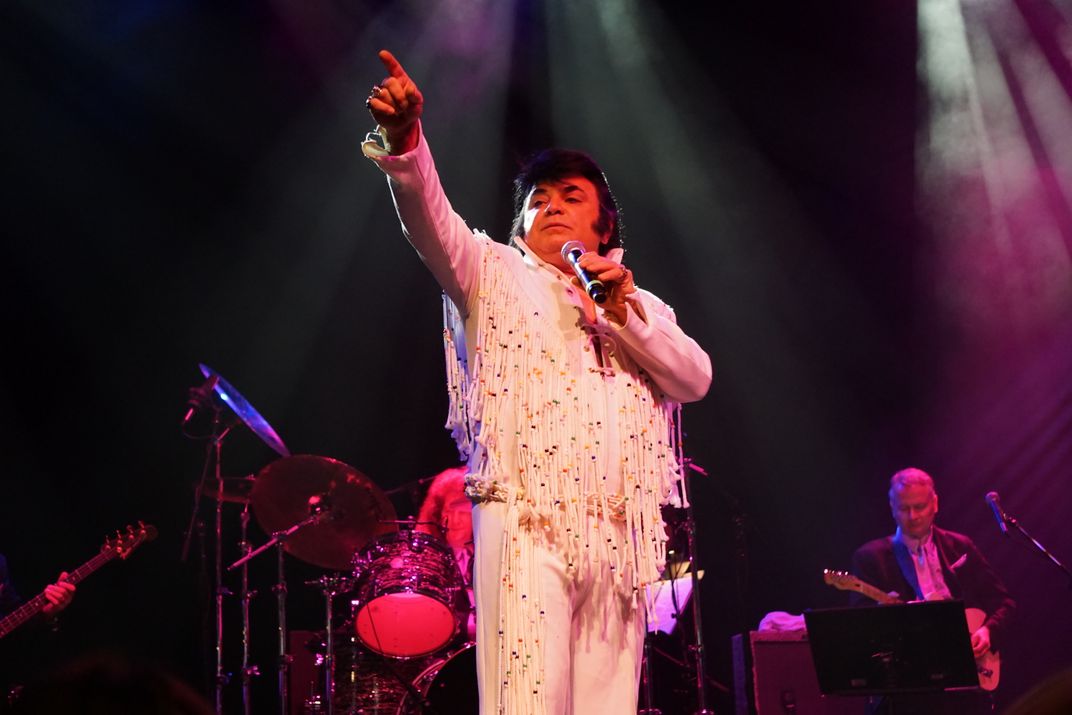
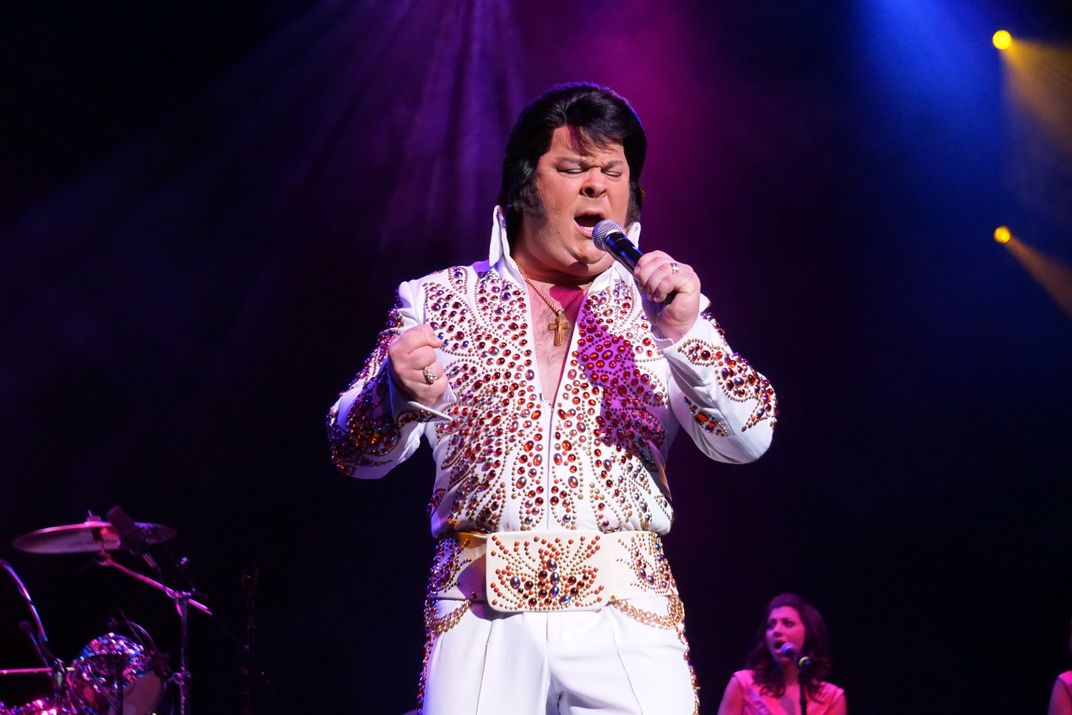
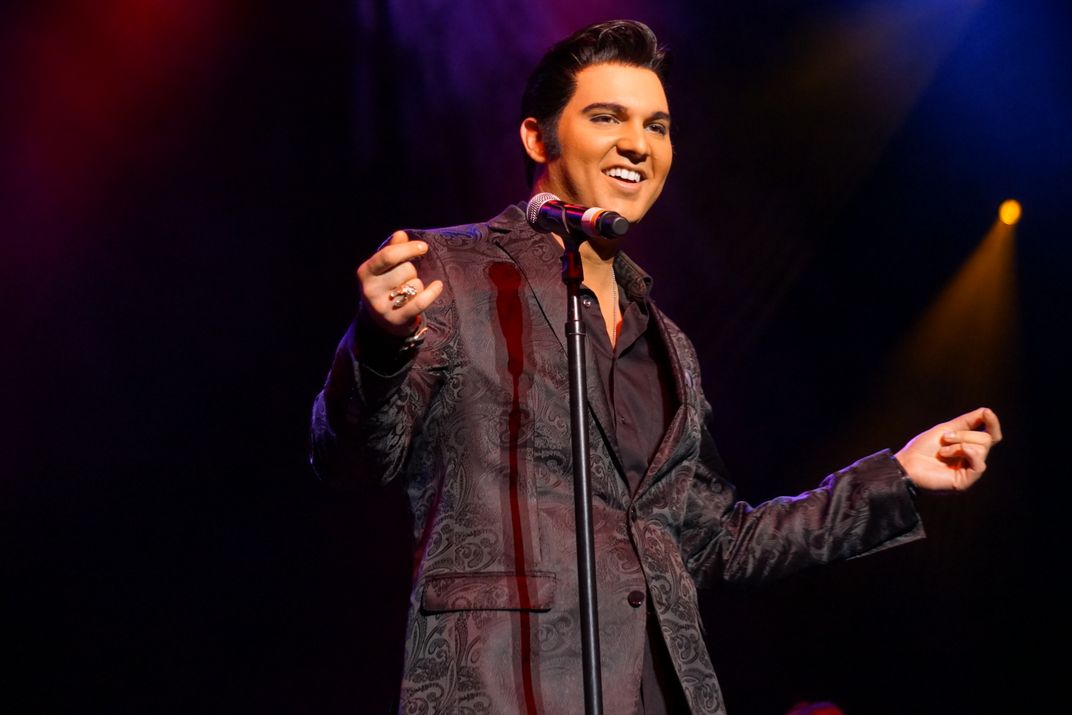
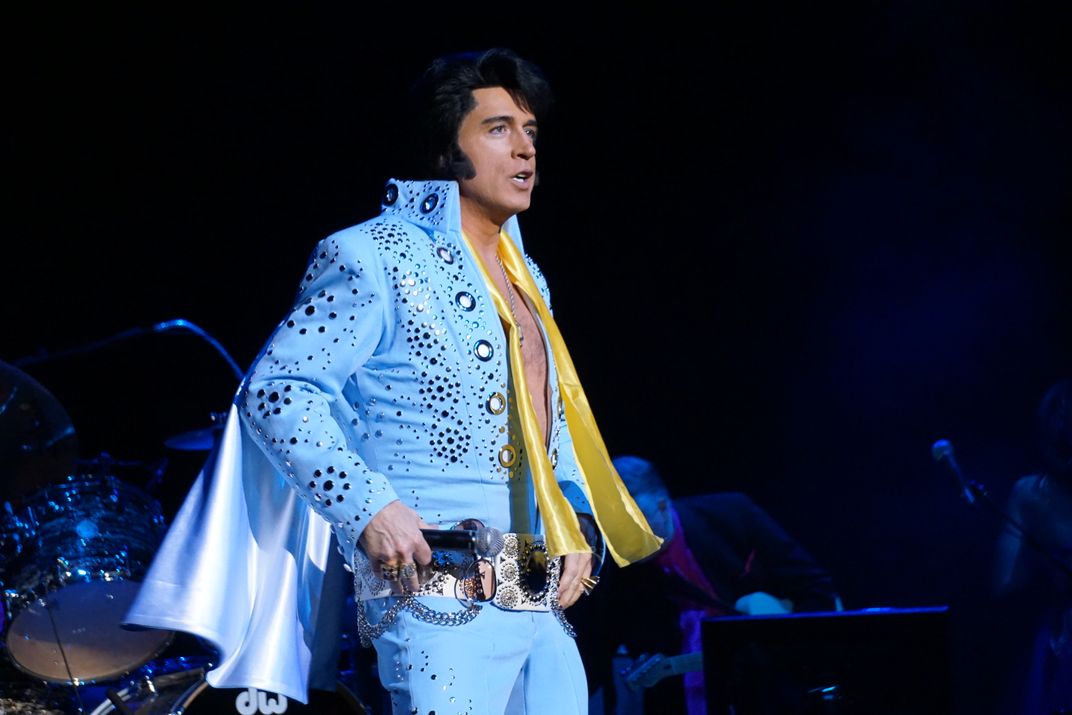
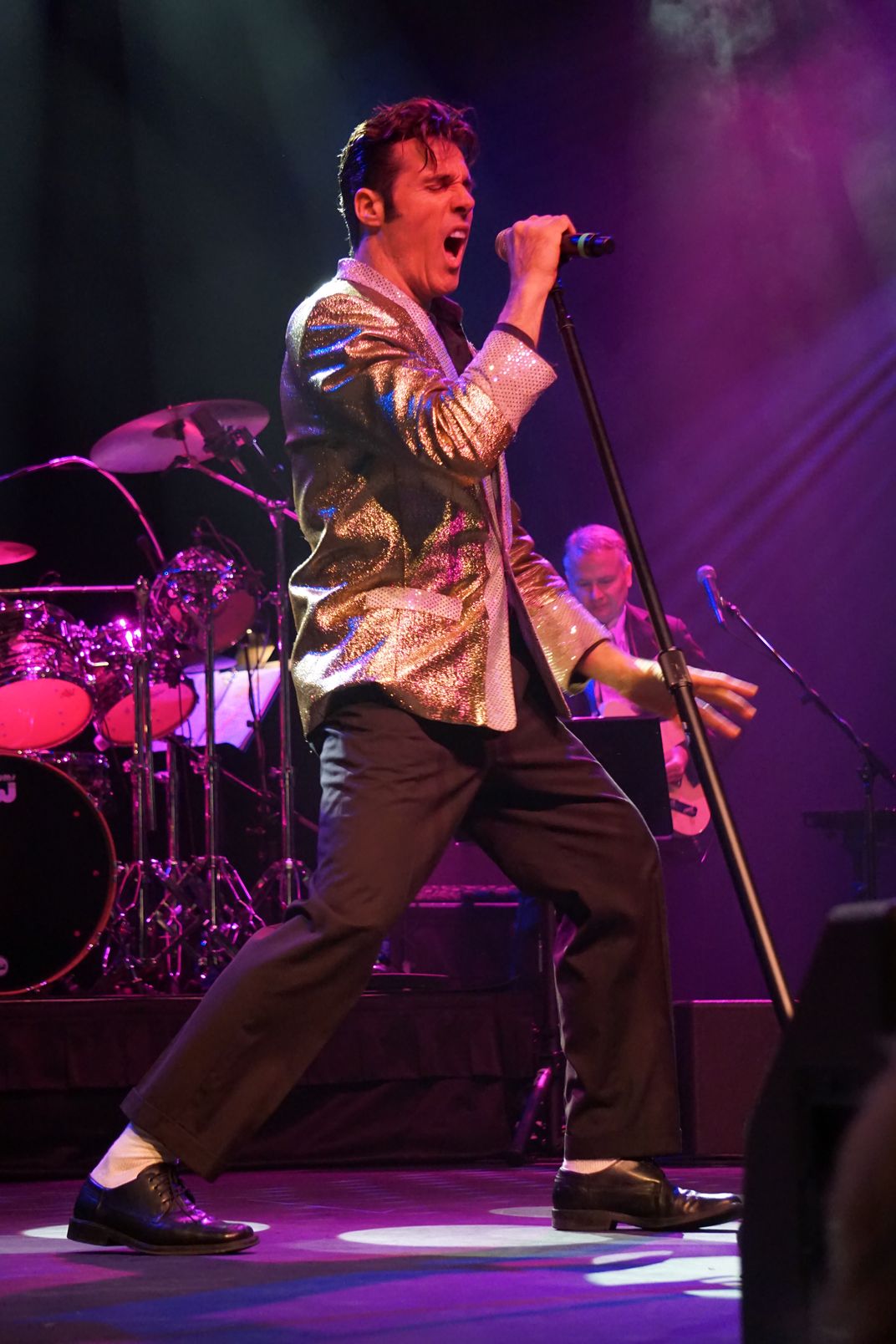
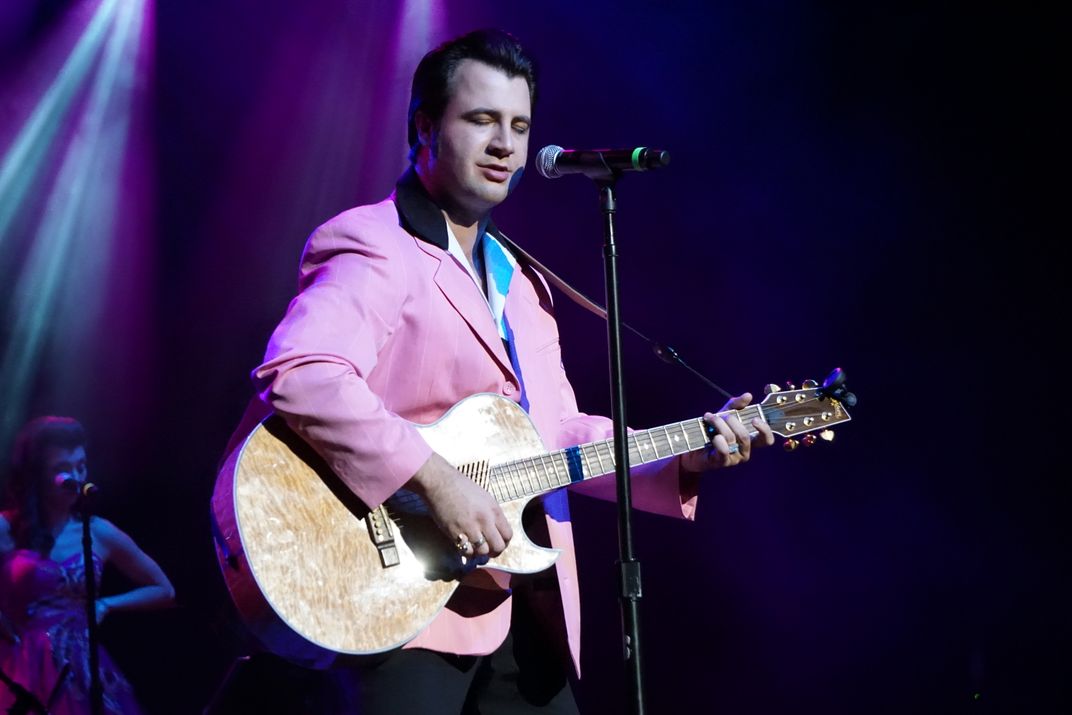
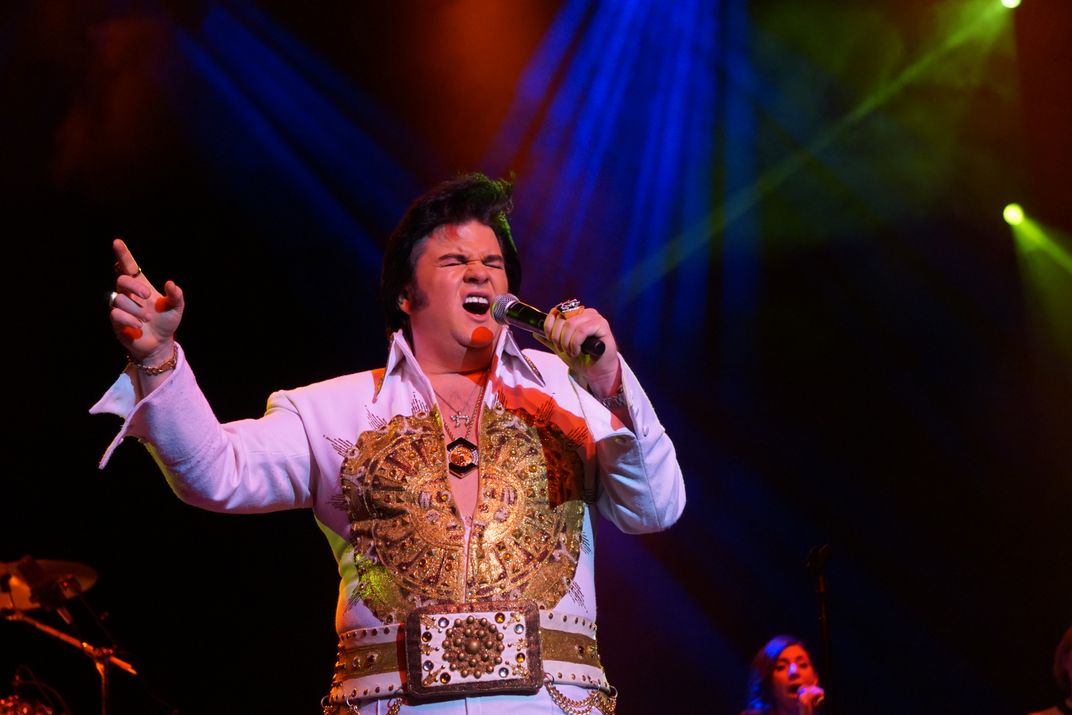
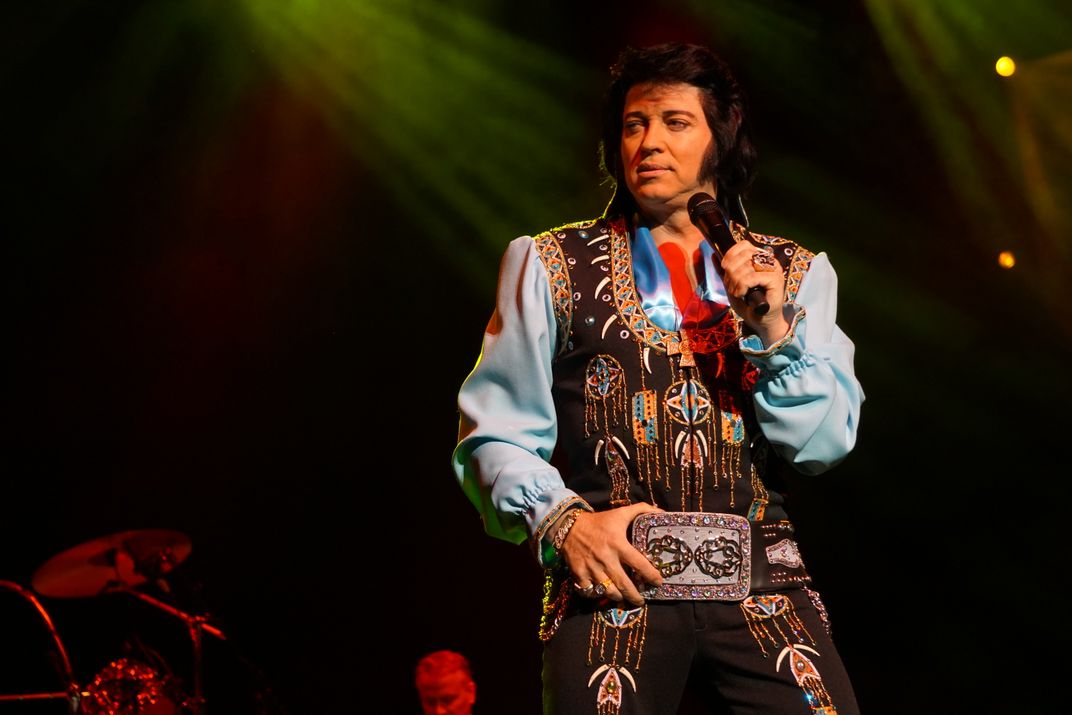
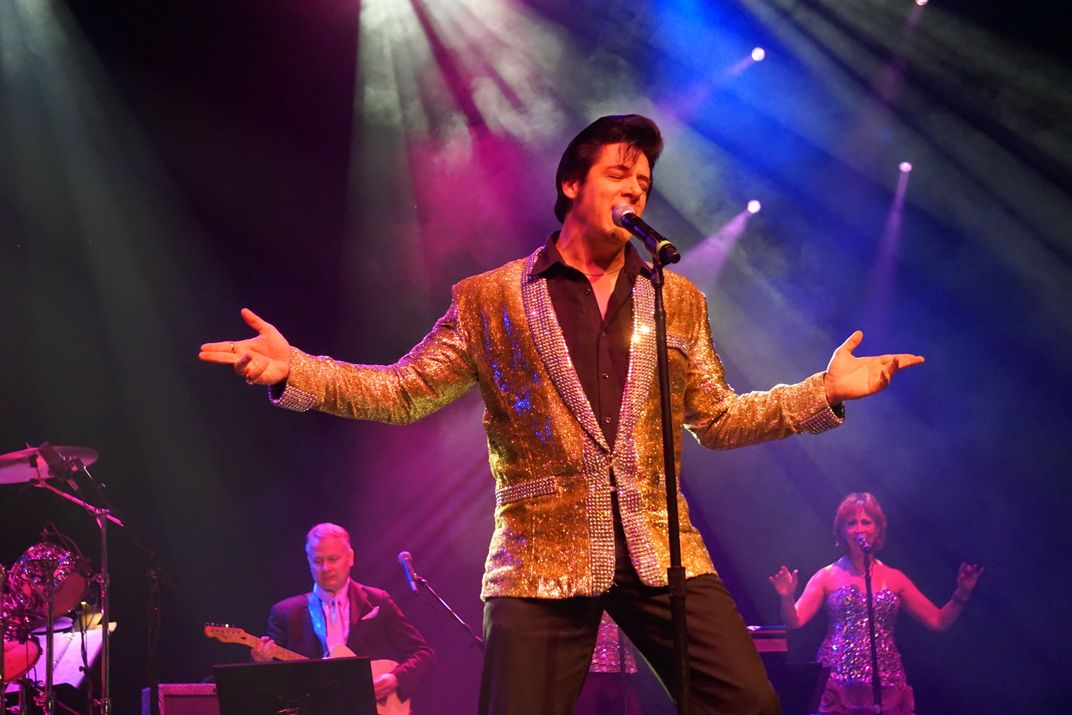
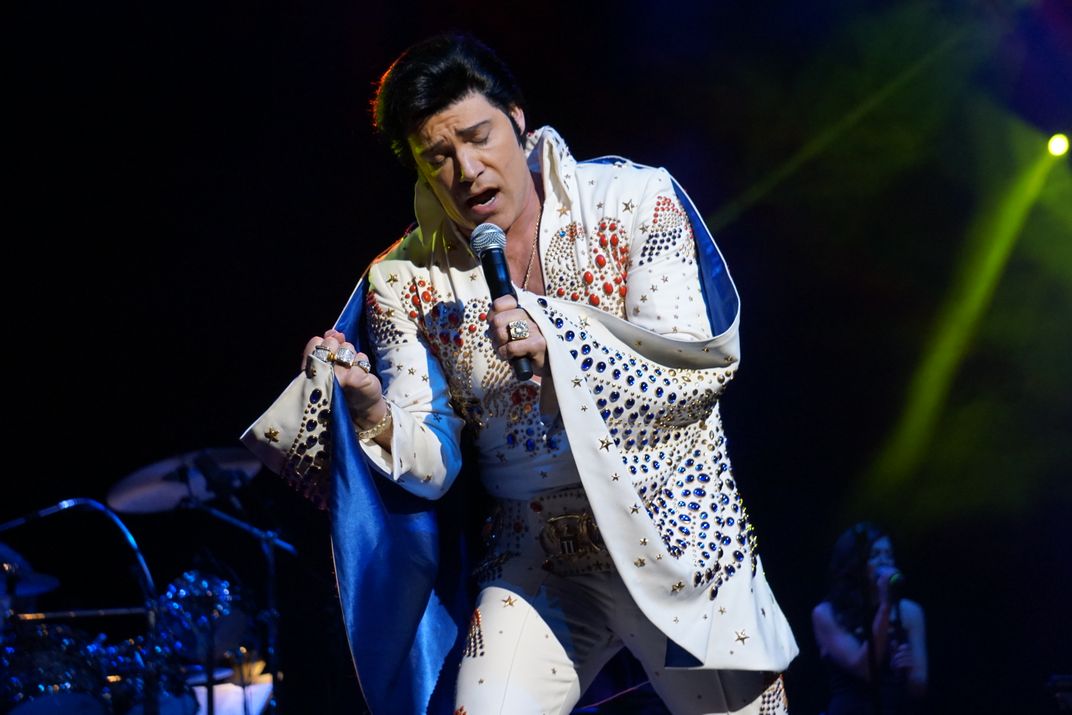
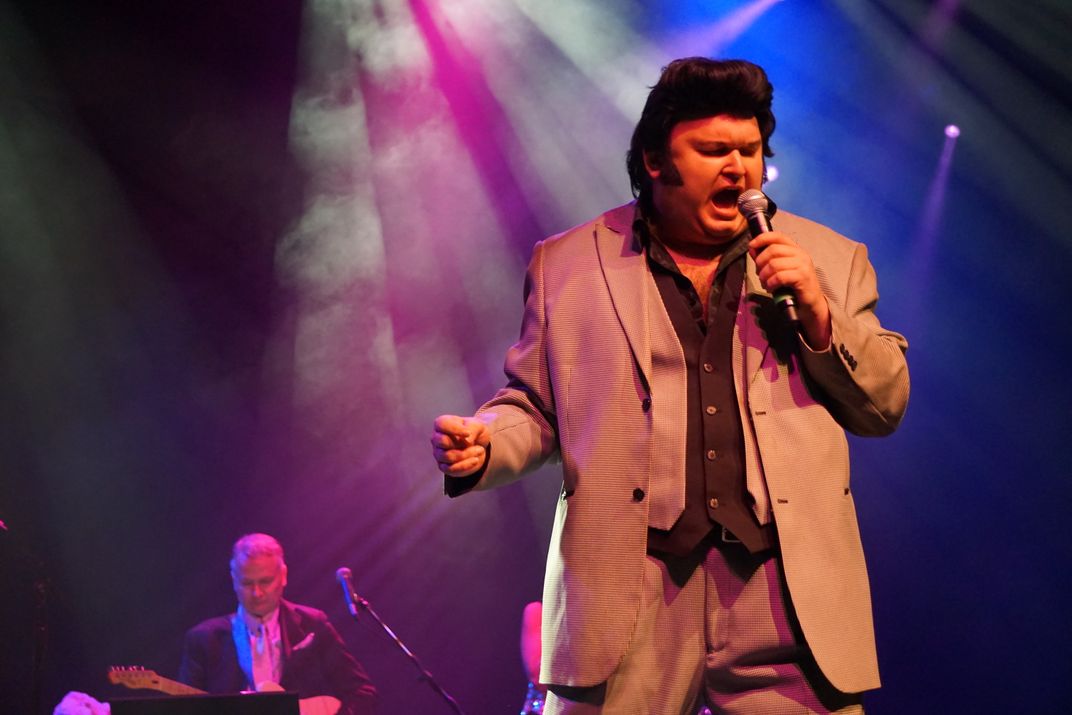
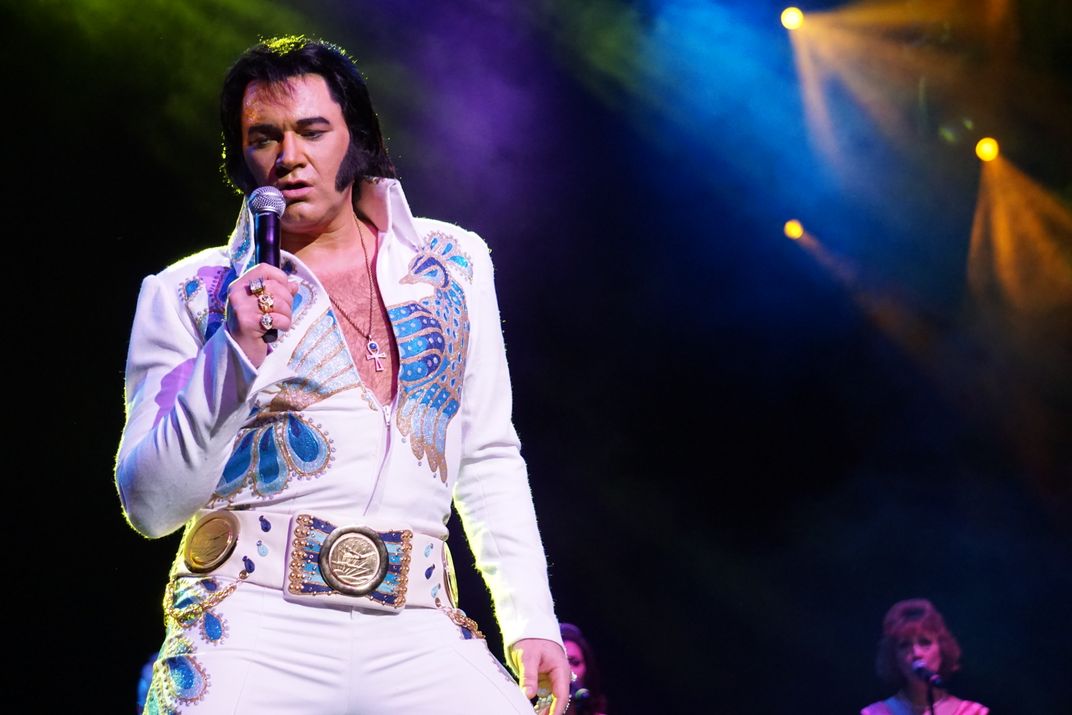
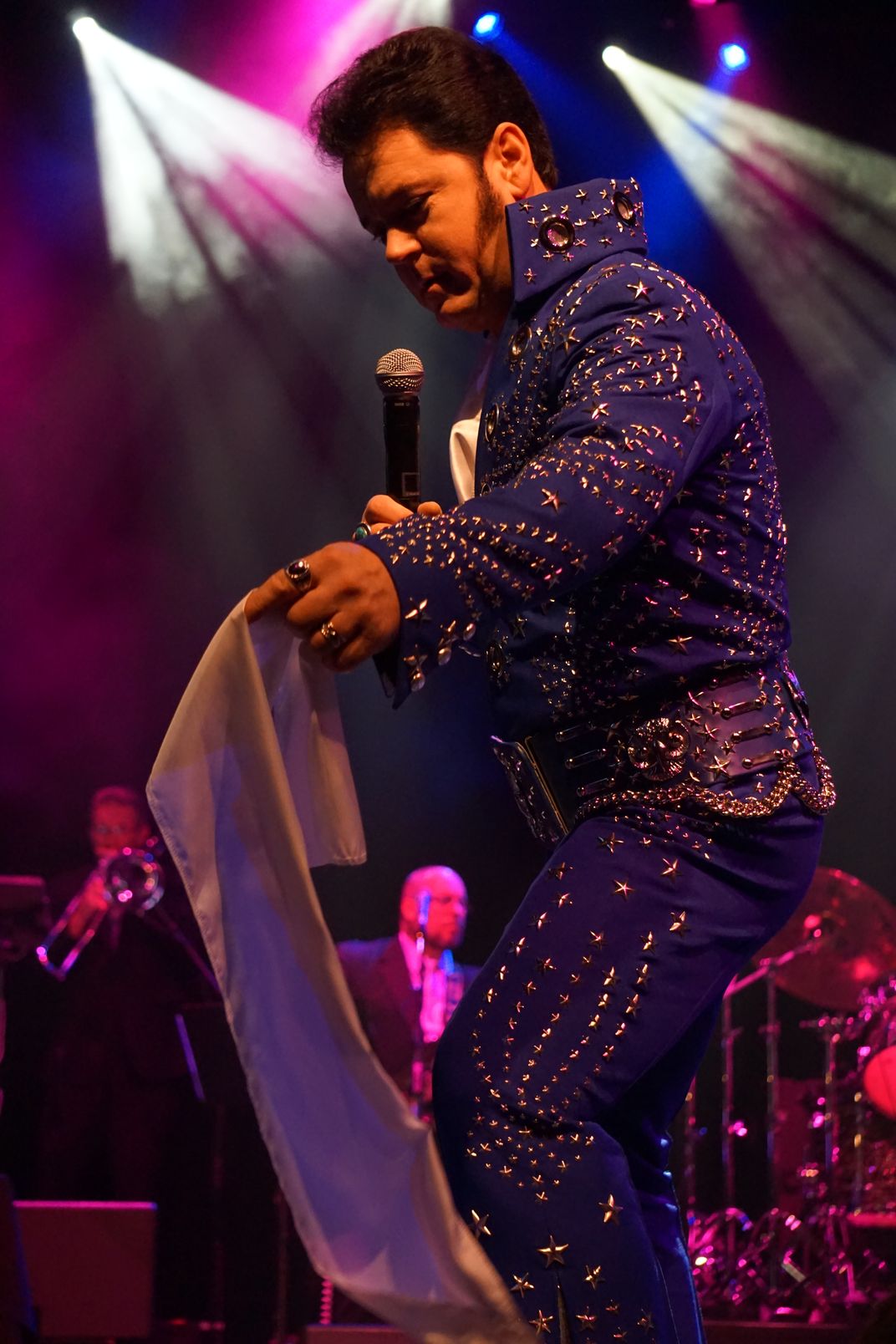
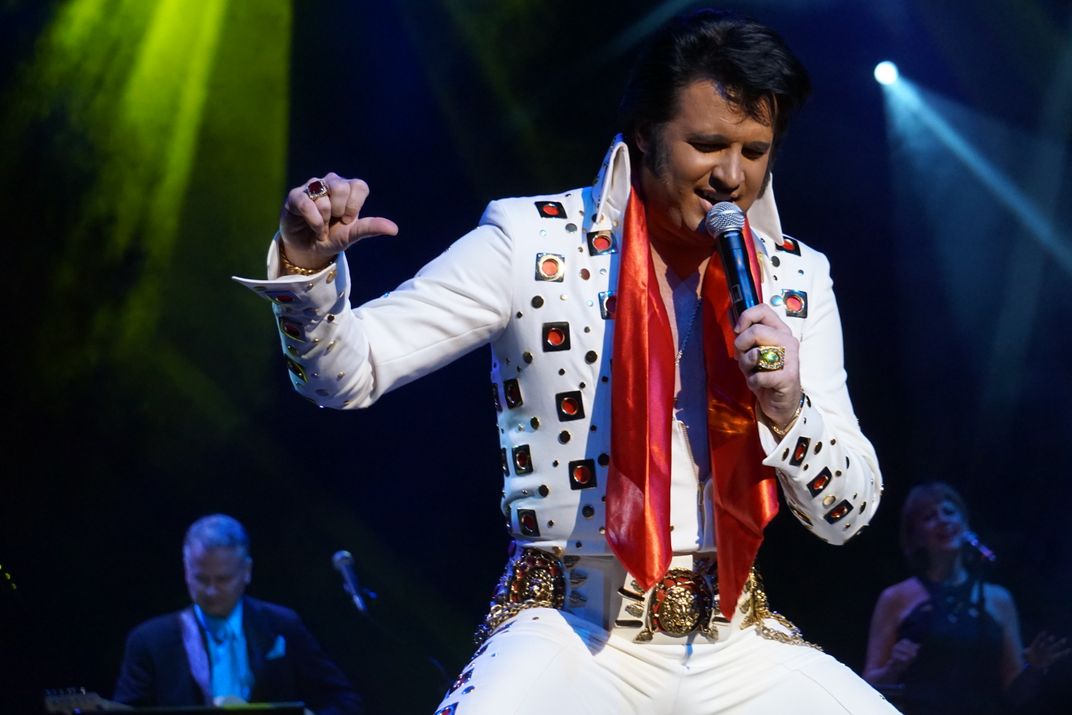
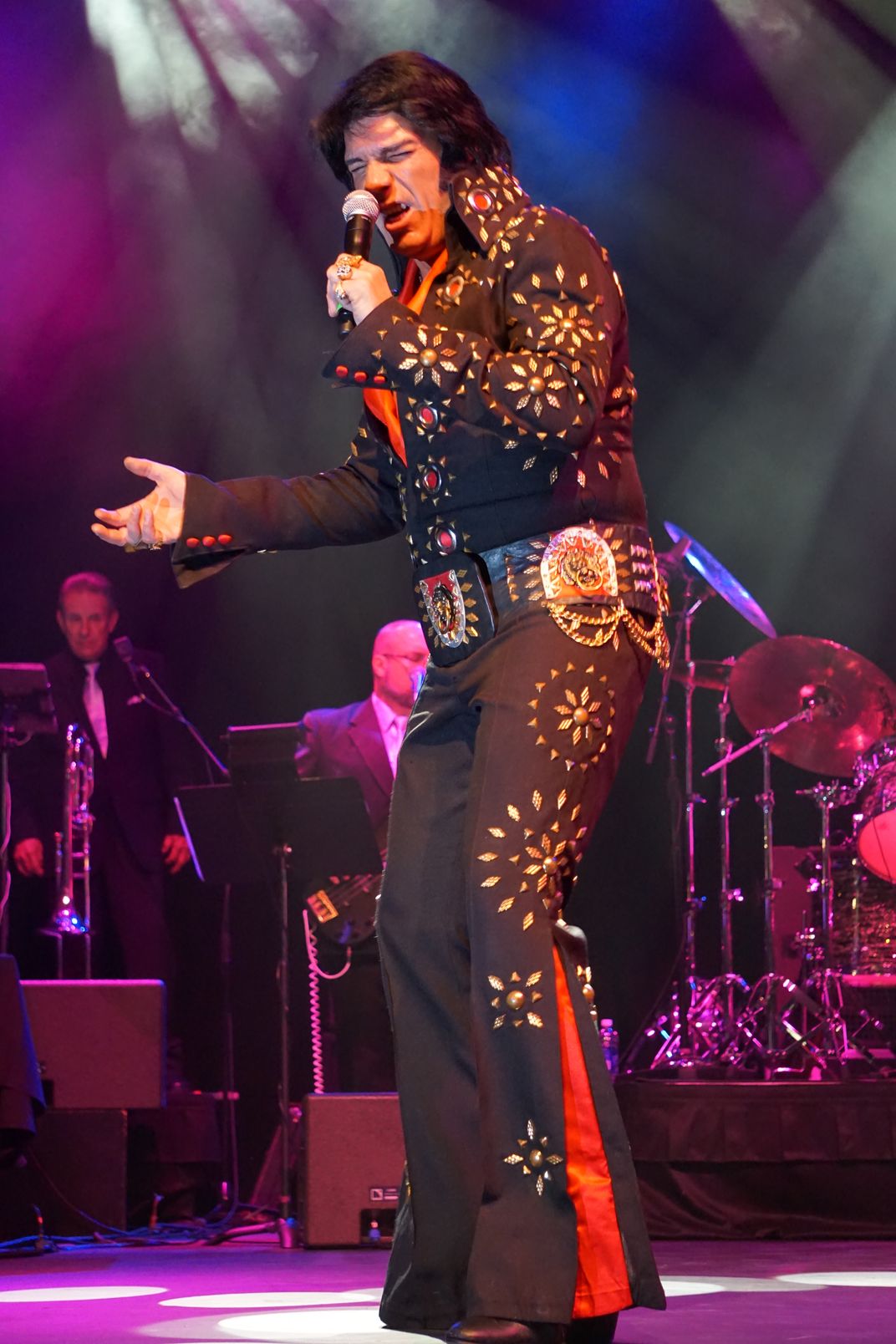
/https://tf-cmsv2-smithsonianmag-media.s3.amazonaws.com/accounts/headshot/JenniferBillock.png)